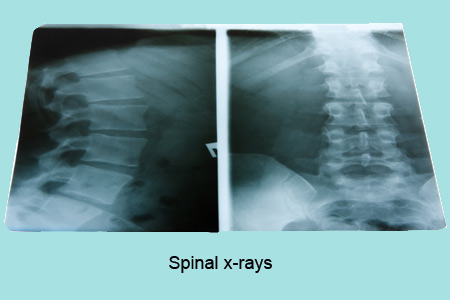Cancer patients may be constantly surrounded by a number of treatments. But the major question remains the type of treatment a particular patient can be subjected to and simultaneously avoid the recurrence of the disease. A latest research claims that patients who face chances of their cancer spreading to the bones can undergo a common treatment known as radiation surgery. It was mentioned that till now the impact of radiosurgery on bone is not known in detail.
Every year around 100,000 cancer patients mostly having major lung, breast, prostate, renal and myeloma malignancies suffer from vertebral metastases. Stereotactic radiosurgery, (SRS), which is a noninvasive procedure, is seemingly employed to treat spinal tumors. This procedure may require highly sophisticated instruments that deliver an accurate quantity of radiation to the targeted lesion. Post-radiosurgery patients subjected to high doses of radiation report a fracture rate of up to 39 percent. Fractures can possibly lead to disabling pain, limited mobility and incontinence.
Edmond Richer, associate professor of engineering at Southern Methodist University in Dallas quoted, “It’s a growing concern for radiology oncologists because there’s not much that can be done medically to reverse those problems. We began looking at the history of radiosurgery, and as algorithms and instruments have become more refined in the computation of doses and the delivery of radiation, the number of required treatments has decreased to a single procedure. The issue of what happens to bone strength when the treatment goes from six lower-grade doses, each a month apart; to a single high-grade dose is an area practically void of research over the past 30 years.”
The research aimed to ascertain the mechanical strength of bone and the way it is affected. Nondestructive modalities are probably put to use for evaluating bone strength. It was revealed that a bone mineral density test can put forth a precise picture of calcium and other minerals in a segment of bone. This test is apparently unable to gauge the actual strength of the bone. For ascertaining the effects of radiosurgery on bone, experts will be initiating further investigations. They will be analyzing cervical fractures that sometimes occur six to eight months after SRS in patients with vertebral metastases.
The research was funded by the Neurological Disorders and Stroke Institute.

